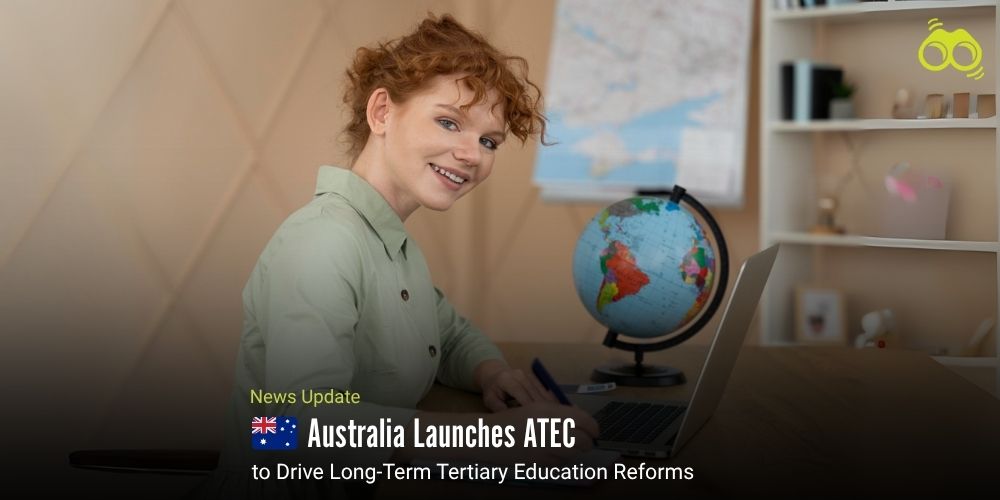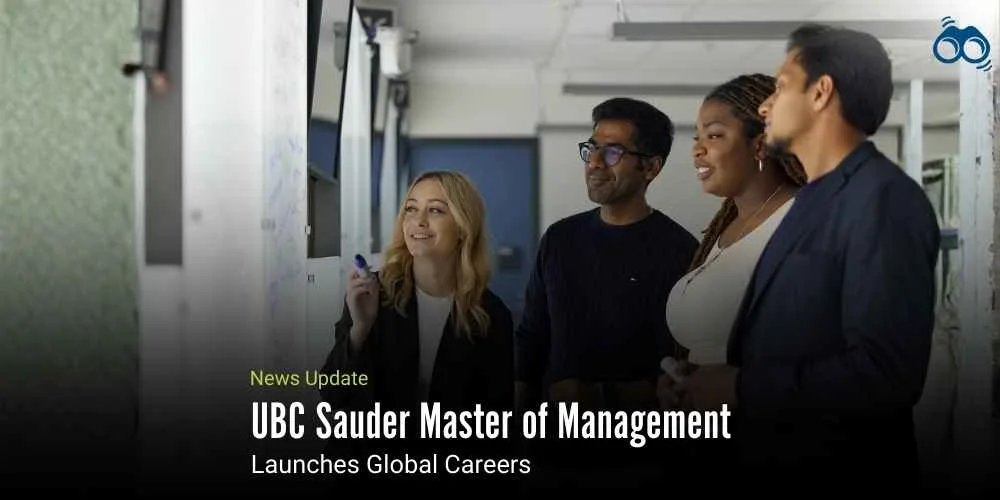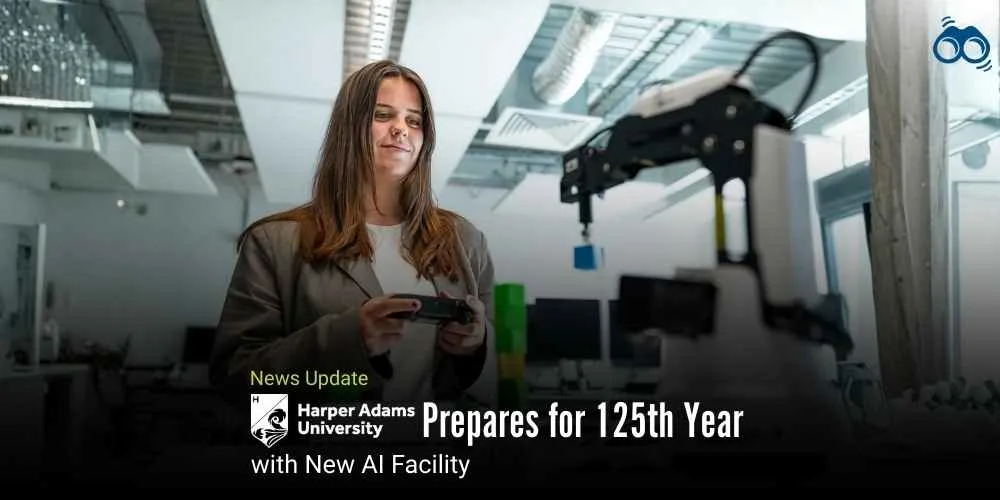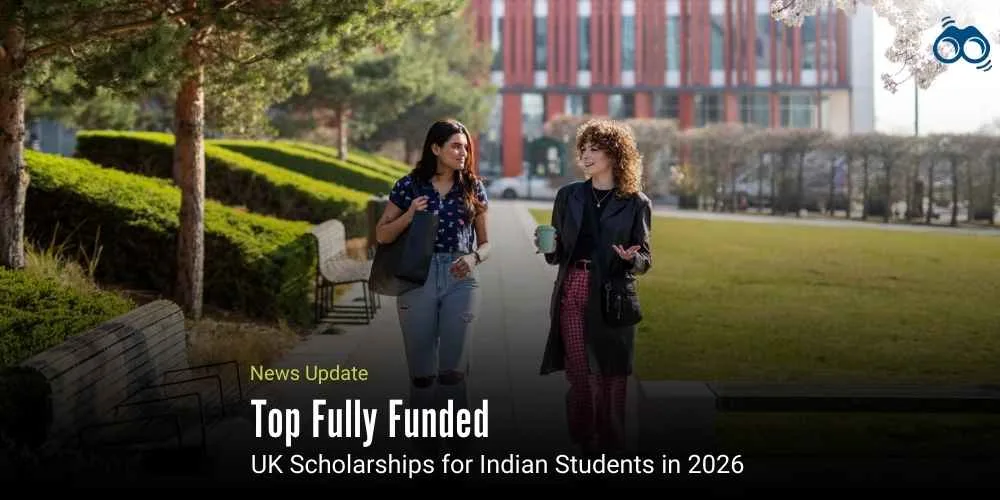ATEC to Align Tertiary Education with Australia’s Future Job Market
ATEC Set to Overhaul Post-Secondary Education Framework by 2026
In a decisive effort to reshape Australia's post-secondary education landscape, the federal government initiated the interim launch of the Australian Tertiary Education Commission (ATEC) on 1 July 2025. The commission is expected to become fully operational by 2026, pending legislative approval. ATEC is envisioned to play a critical role in advancing long-term reforms that respond to the nation's shifting skills requirements. It aims to create a more cohesive tertiary system by bridging vocational education and higher learning. As per government plans, the reforms will introduce a managed growth funding model, provide needs-based financial support, and implement mission-based compacts, thus promoting a more inclusive, responsive, and diverse education sector.
Furthermore, in a joint statement, Education Minister Jason Clare and Skills and Training Minister Andrew Giles highlighted the urgent need to remove structural barriers that hinder access to university for disadvantaged and regional students. The government has also outlined ATEC's responsibilities, which include narrowing the divide between TAFE and universities, advising on pricing strategies, and realising key recommendations of the Universities Accord. The interim commission will be led by Professor Mary O’Kane AC as chief commissioner and Distinguished Professor Larissa Behrendt AO as the interim First Nations commissioner. They will collaborate with Professor Barney Glover AO, Jobs and Skills Australia commissioner, in advising the education and skills ministers. In response, Universities Australia has expressed enthusiasm to support the trio in strengthening the sector and contributing to national economic growth.
Announced in May the previous year, ATEC’s formation coincides with a projected shortfall of 250,000 skilled workers by 2030, underscoring a mismatch between workforce demands and training output. Minister Giles pointed out that nine out of ten future jobs would require tertiary qualifications, reinforcing the need for accessible, employment-aligned education pathways. He affirmed that ATEC would guide structural reforms to create a fairer, more connected system yielding stronger employment outcomes. Subsequently, government officials visited Western Sydney University’s new Bankstown City campus, a facility that will also accommodate TAFE students under the Universities Accord. Vice-Chancellor George Williams stated the university’s commitment to helping reach national targets, namely 1.8 million university enrolments by 2050 and increasing bachelor’s degree attainment from 45% to 55%, with a particular emphasis on equity groups.
Williams also noted a 10–15% decline in enrolments from disadvantaged backgrounds and voiced optimism that ATEC’s efforts would mitigate access issues. He highlighted the pressing concern over degree costs, some of which exceed AUD 50,000, and the burden of student debt. In a LinkedIn post, he urged policymakers to reconsider the evolving role of international students, advocating for policies that align with domestic workforce needs and enrich regional communities. Meanwhile, the federal government has announced that, effective 1 July 2025, the student visa application fee will rise to AUD 2,000, following a 125% increase in the previous year. Although aimed at reinforcing visa programme integrity, the decision has drawn criticism from segments of the education sector. The launch of ATEC marks a pivotal step toward fostering a more equitable, skills-driven, and integrated tertiary education system in Australia.
Editor’s Note:
The establishment of the Australian Tertiary Education Commission (ATEC) marks a timely and necessary shift in the nation’s approach to post-secondary education. At a moment when Australia faces a projected shortage of skilled workers and a growing gap between workforce needs and education delivery, ATEC presents both a challenge and an opportunity. Its mandate to unify vocational and higher education, implement more equitable funding models, and support disadvantaged and regional learners reflects a broader recognition that access to education must be better aligned with national priorities and global realities. Equally significant is the commission’s emphasis on inclusion, affordability, and responsiveness in a system too often weighed down by inequities and inertia.
According to Skoobuzz, as ATEC moves from interim status to full operation, its success will rest not just on legislative momentum but on its capacity to deliver tangible improvements. The ambition is commendable; the execution will matter more.














0 Comments (Please Login To Continue)